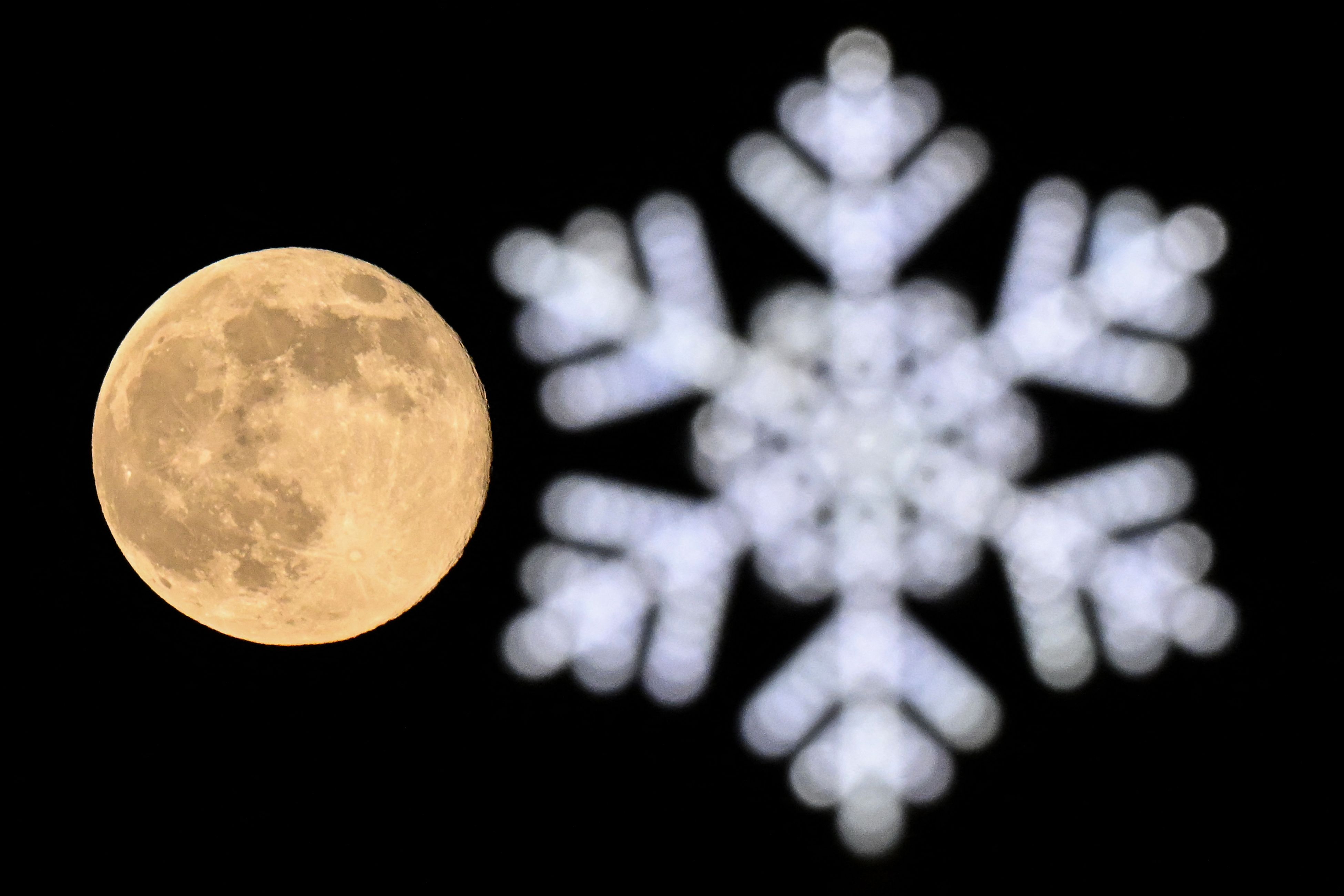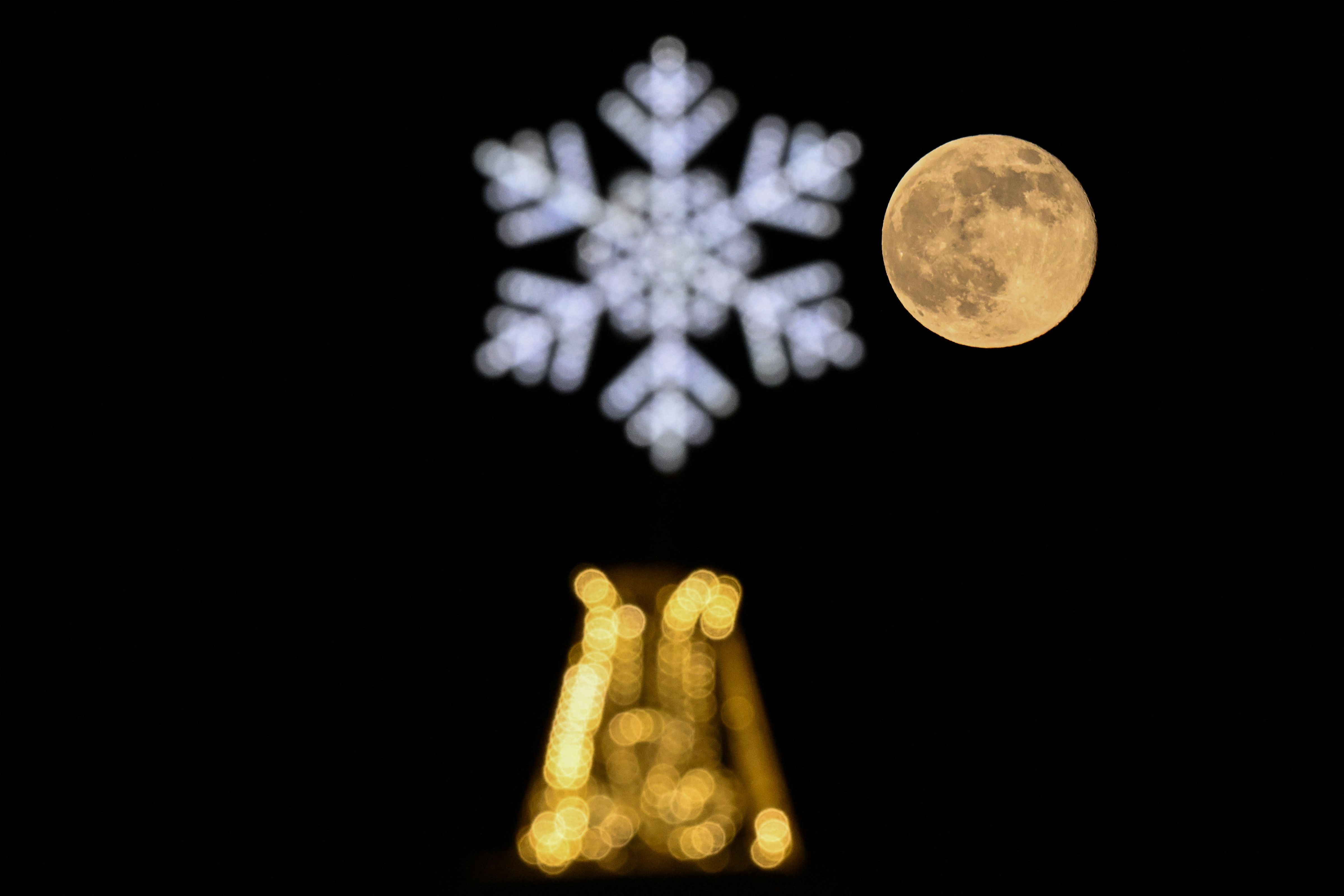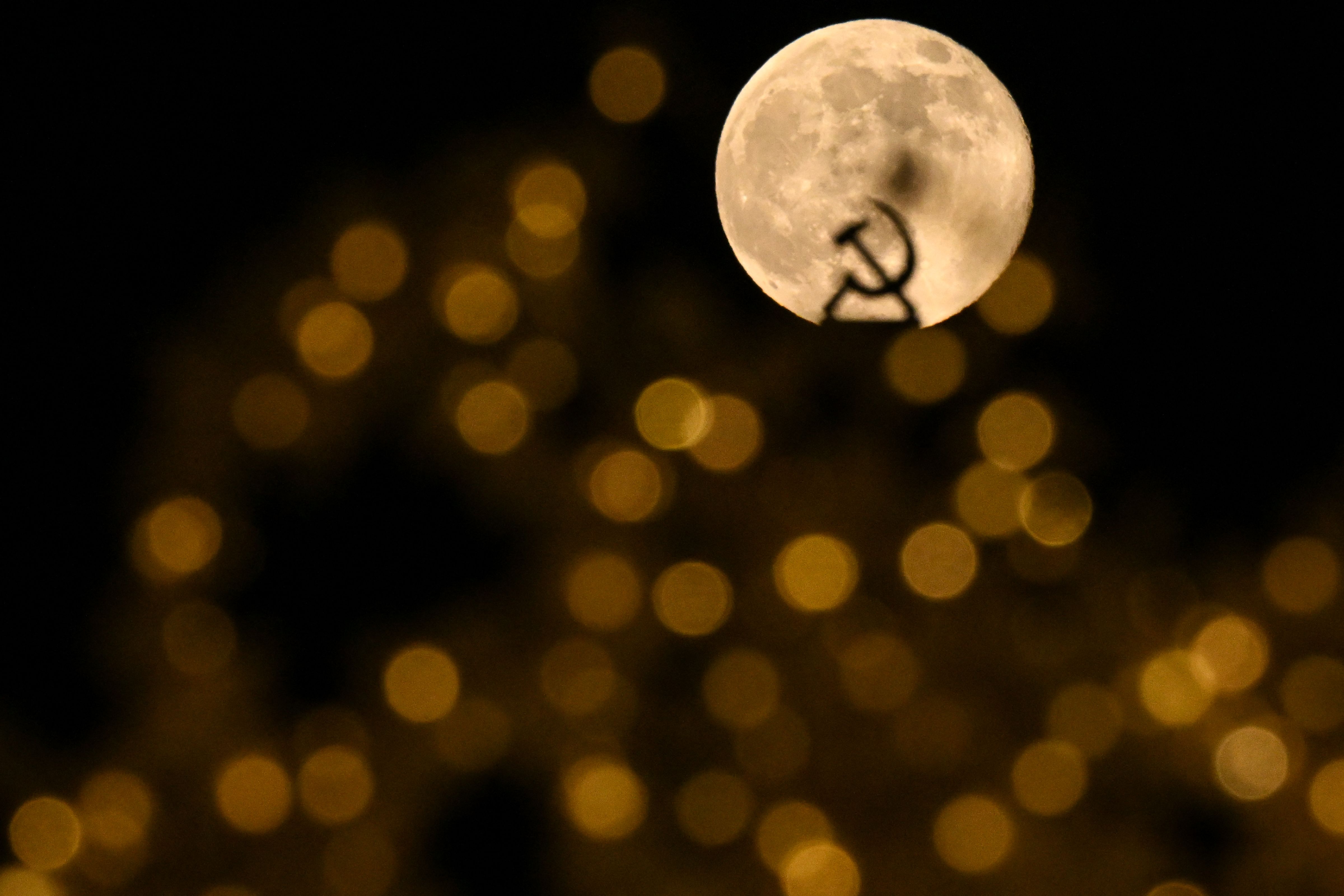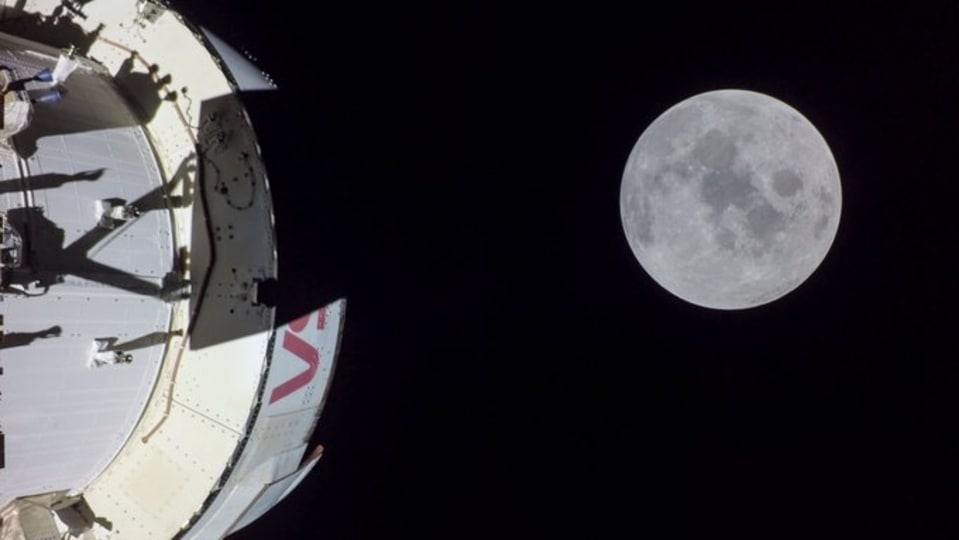Wolf Moon rising! Check out the gorgeous pictures
The first full moon of the year, also known as the Wolf Moon, occured on January 6, 2022. If you were not able to see the event through your eyes, here are some of the gorgeous glimpses of the same.









First Published Date: 08 Jan, 16:43 IST
NEXT ARTICLE BEGINS
































